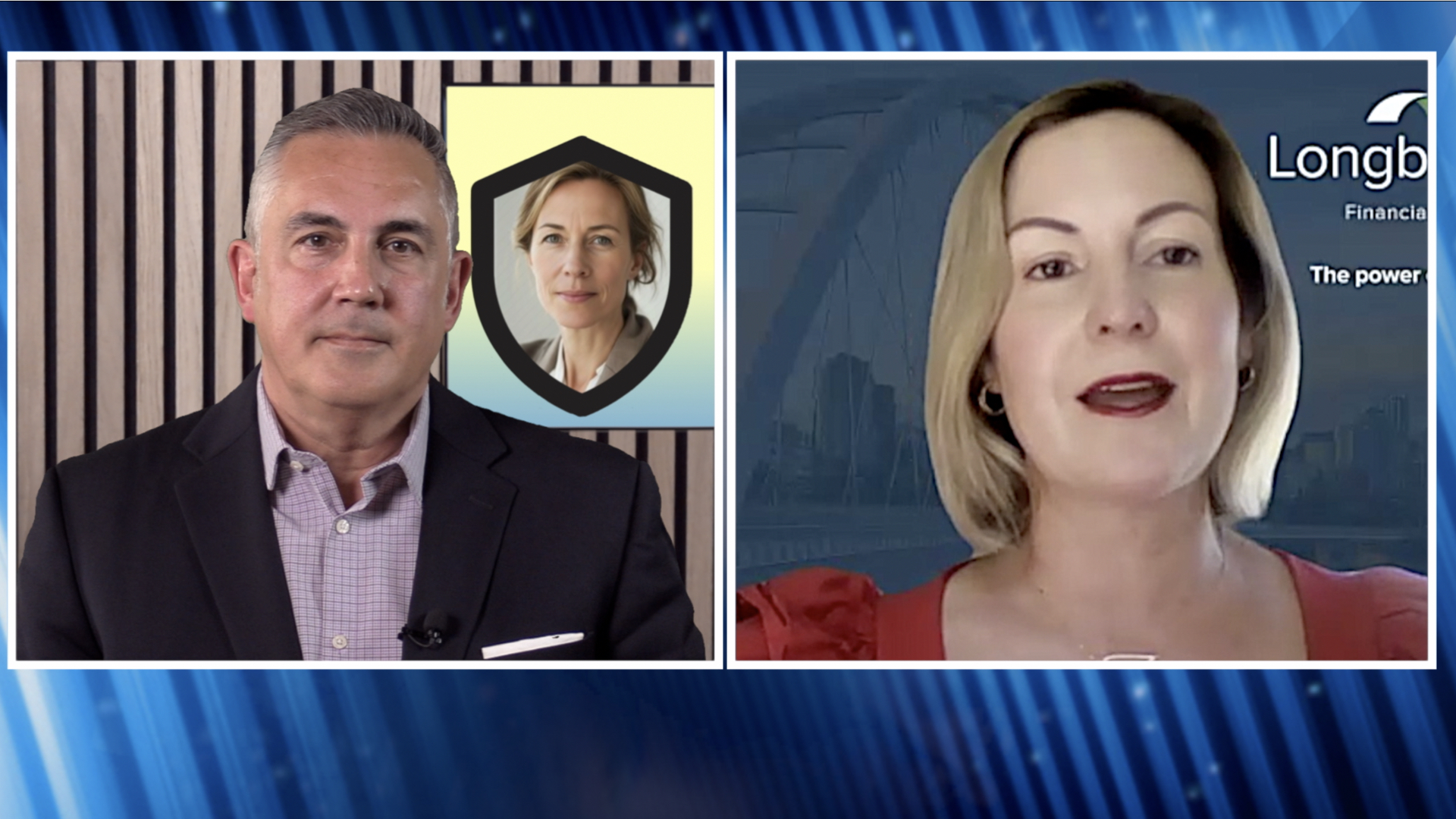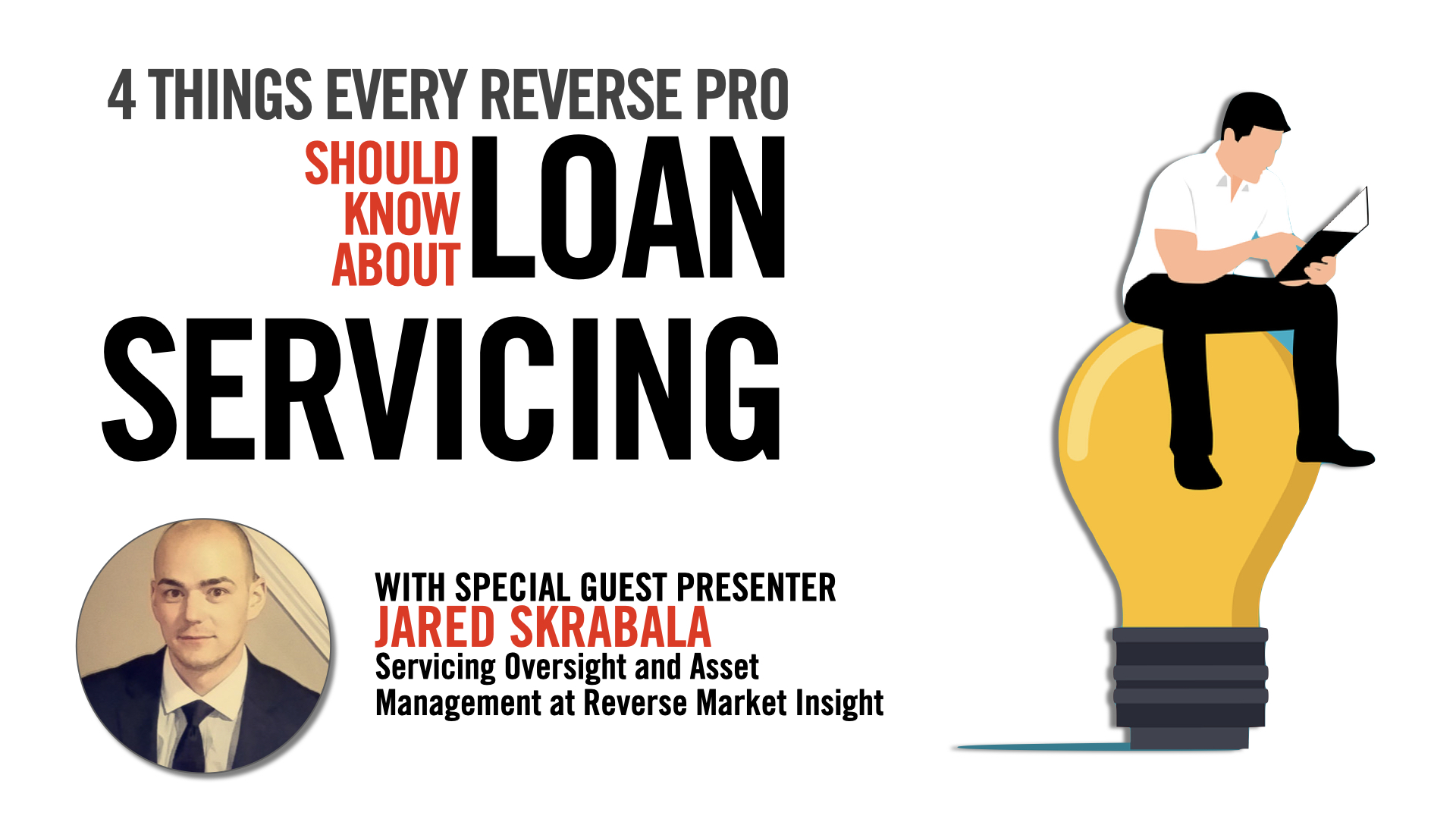Do you feel like your often putting out fires at work or home? Here’s how to get relief…
Continue readingThe HECM: Yesterday, today, and tomorrow
A brief history of the Home Equity Conversion Mortgage (HECM) program, present challenges, and opportunities.
Continue readingMarch 2024 Top 100 HECM Lenders Report
The latest endorsement data is here and it shows increased endorsements for 7 of the top-10 ranked lenders. However, March endorsements were the…
Continue readingAlissa Prieto: Defending Your Honor
When you should defend your recommendations to outside professionals.
Are you recommending a reverse mortgage only to have their financial advisor or planner dismiss getting a reverse mortgage? Alissa Prieto from Longbridge Financial shares the importance of reengaging with the professional and protecting your reputation.
U.S. Senator calls for more oversight of HECM securitization
EPISODE #820
Senator Mike Braun calls for increased oversight of the HECM MBS program
[Housing Wire]
U.S. Senator Mike Braun wrote a letter to Ginnie Mae’s president asking for policy solutions to prevent a collapse of the secondary market HMBS program. [Listen for details]
Other Stories:
-
-
[Reverse Market Insight] Our monthly segment of RMI’s Market Minute.
[Journal Courier] Is downsizing worth it for retirees?
-
Escaping the Velvet Rut
How to get out of the Velvet Rut
We seek comfort, familiarity, and routine. It’s natural. But recognizing when our patterns have become a rut, albeit a comfortable one or even reasonably productive is difficult. Meet the velvet rut.
Getting out is tough but worth it. You’ll likely find greater personal satisfaction, growing confidence, or increased income. Here are tips to get out of your own velvet rut.
Try these 5 strategies:Seek an outside perspective.
Identify what opportunities you’re giving up by doing the same thing each day, week, and year.
Remember your professional and personal aspirations you’ve put on the back burner while you’ve been in your comfort zone. Write them down.
- Decide what new choices you’ll make to get out of your velvet rut. Is it to put yourself out in the business community by joining your local Chamber of Commerce? Perhaps its to do your very first educational workshop or seminar. Maybe this means connecting with your local media and appearing on local TV or submitting a column about reverse mortgages.
- Track your progress and reward yourself.
Webinar Replay: 4 Things Every HECM Pro Should Know About Loan Servicing
As promised, we are providing a replay for your review or to watch for the first time if you were unable to attend.
Continue readingIndustry Veteran Robert Sivori Joins Ibis Software Board of Directors
FOR IMMEDIATE RELEASE: March 26, 2024
Contact:
Gerald C. Wagner
Ibis Software Corporation
Phone: (510) 217-8775
Email: RevMort@gmail.com
Industry Veteran Robert Sivori Joins Ibis Software Board of Directors
Alameda, California: Ibis Software Corporation proudly announces the appointment of Robert Sivori as a Director, effective March 1, 2024.
Bringing a wealth of experience from the reverse mortgage industry, Sivori joins Ibis Software as a Director, poised to contribute significantly to the company’s strategic growth initiatives.
Sivori’s extensive background includes serving as an executive of respected organizations such as Celink, Reverse Mortgage Investment Trust, MetLife Bank, EverBank Reverse Mortgage, and BNY Mortgage Company. He also brings a longstanding directorship with the National Reverse Mortgage Lenders’ Association (NRMLA), further enhancing his expertise in the field. A bio accompanies this release.
“Joining Ibis Software represents an exciting opportunity to leverage my industry insights and contribute to the company’s ongoing success,” said Robert Sivori, newly appointed Director.
Jerry Wagner, President of Ibis Software, along with the entire team, extends a warm welcome to Bob and expresses eagerness to collaborate closely with him, leveraging his invaluable expertise.
About Ibis Software Corporation:
For over two decades, Ibis Software Corporation has been at the forefront of innovation, introducing the first non-HUD software for calculating and disclosing Home Equity Conversion Mortgages (HECMs), the most popular form of reverse mortgages. Ibis has served esteemed clients such as Wells Fargo Home Mortgage, J.B. Nutter, the Senior Lending Network, and M&T Bank. Presently, Ibis focuses on providing software solutions to HUD-approved HECM loan counselors, alongside offering the National Reverse Mortgage Lenders Association (NRMLA) with its widely acclaimed online reverse mortgage calculator.
We fear what we do not understand
What happens when someone is confronted with something they don’t know or understand? They’ll likely experience anxiety, apprehension, or even panic.
Continue readingInflation is much much higher when you count the cost of borrowing money
Here’s why Americans remain pessimistic despite a strong economy.
Inflation is lower- well not really lower but the annual inflation rate has slowed. We covered that subject in our February 20th blog post ‘Don’t believe the CPI Lie’. To summarize, inflation gets baked into future prices and rarely reverses course. In essence, higher prices become the new baseline to which future inflation is added.
However inflation is much higher than what the government reports because the Consumer Price Index doesn’t account for higher minimum credit card payments or higher mortgage payments thanks to higher interest rates. This is especially difficult for older homeowners or retirees on a fixed income.
However, inflation is much higher than reported. Just because the GDP growth and low unemployment are shining on the economic forecast doesn’t mean that many consumers are under a dark cloud.
This contradiction can best be explained in a new working paper from the National Bureau of Economic Research entitled, “The Cost of Money is Part of the Cost of Living”. This paradox between the indicators and consumer sentiment may explain the increasing American pessimism about the economy.
The working paper reads in part, that consumer sentiment is “strongly correlated with borrowing costs and consumer credit supply”, more so than mere unemployment and annual inflation rates. The economy is booming, and everyone knows it – except for the American people says the Working Paper.
This should come as no surprise since home prices on average are 50% higher than they were when the pandemic began and the current average 30-year mortgage rate has increased threefold since 2021. Americans seeking to purchase a car may find qualifying for the loan difficult at best and certainly more expensive thanks to higher interest rates.
To put it simply, there’s a divergence between monthly CPI numbers and the American consumer experience.
Then there’s credit card debt. Older Americans carrying a credit card balance. On average cardholders with a balance are paying 5.25 percentage points more than they were before the Fed began its series of aggressive rate hikes. For example, a cardholder with a $10,000 balance only making minimum payments would be paying about $220 a month with a 16% interest rate. Today, that minimum payment would be $300 a month with the average 24% APR being charged by most card issuers today.
To put it simply, there’s a divergence between monthly CPI numbers and the American consumer experience, and older Americans are hurting.
That said, I have a closing thought for reverse mortgage originators watching.
The motivation behind how we approach potential borrowers is key to how receptive they are to potential solutions to their cash flow problems. Knowing the true cost of inflation think of yourself as a member of a search and rescue team. Searching for homeowners who need a solution to their financial predicament and when appropriate possibly rescuing them from unrelenting financial pressures in what should be their golden years.
.










 HSomRSan Clev
HSomRSan Clev



